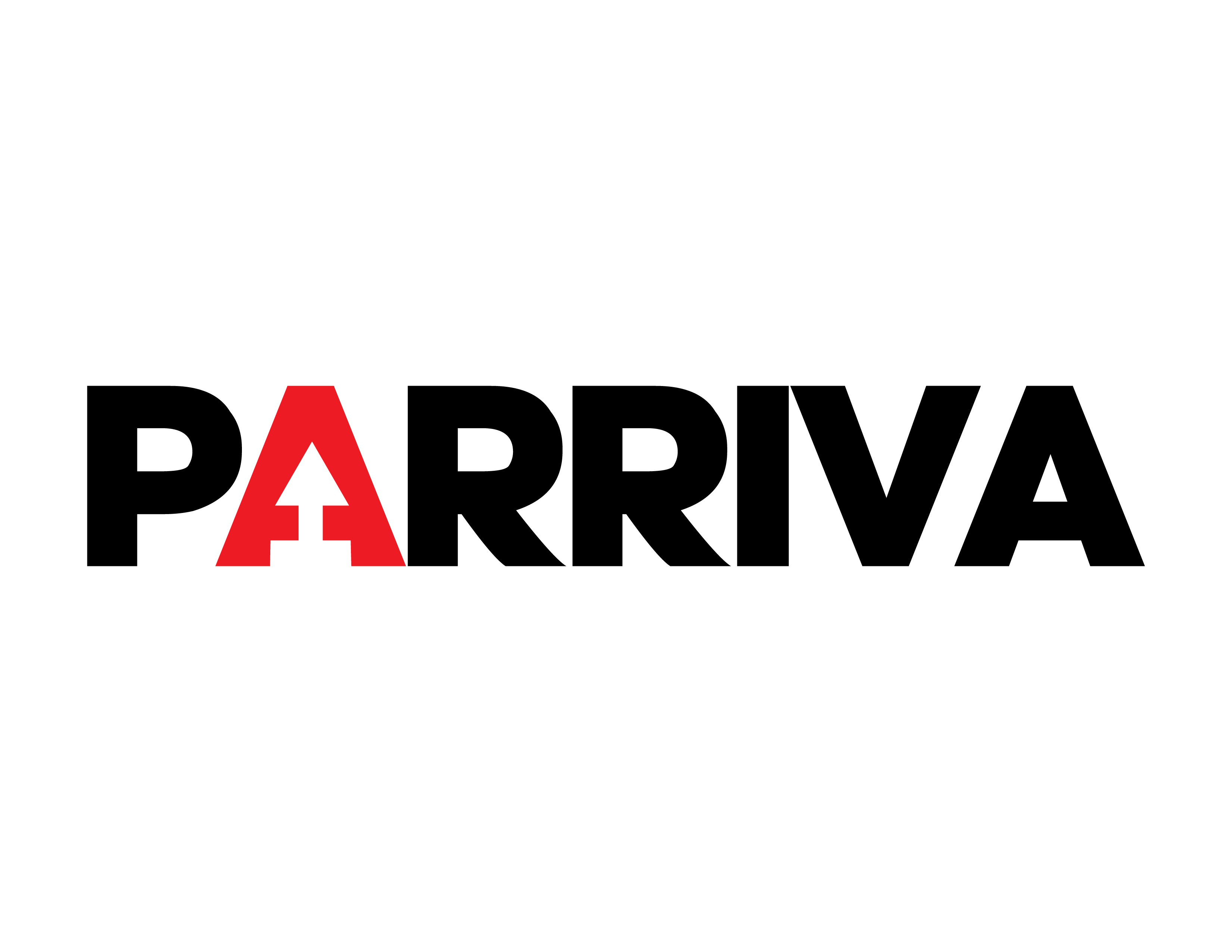Financial digitalization is much more than bookkeeping: it’s about designing experiences that build trust, foster customer loyalty, and accelerate startup growth
In early stages, every decision a startup makes directly impacts its ability to grow. And on that path to scalability, financial digitalization can be a key accelerator. It’s not just about accepting online payments or keeping clean books — it’s about designing financial experiences that build trust, optimize resources, and connect with a new generation of consumers.
How startups can leverage financial digitalization to scale faster
“Decoding Financial Digitalization,” the latest report from Gerundio, reveals how people are changing their relationship with money and what emerging brands can do to capitalize on this shift. Here are five actionable strategies for your startup to scale smartly from the financial trenches:
1. From ownership to access: the “on-demand” mindset
Consumers no longer want to own — they want access. Startups integrating rental or flexible payment models — like Klar, which allows installment payments with transparent terms — are opening doors to new audiences. This expands their customer base and allows for scaling without the traditional friction of credit.
2. Strengthening brand identity to deliver appealing services and products
Every interaction with your customer is a chance to reinforce your value proposition. Albo, for example, positions its app as a lifestyle extension, offering a visually attractive financial experience with personalized messages and a friendly tone. Startups can adopt this approach to build more memorable brands.
3. Payment experiences that drive conversion
In a new business, reducing friction in the purchase process can make a huge difference. Platforms like Conekta offer local payment solutions adapted to different audiences (card, cash, transfers), helping startups avoid losing sales due to lack of options.
4. Communities that build trust
A startup needs more than just a great product — it needs trust. Creating spaces where users can share experiences, ask questions, and feel supported — like Flink, which blends community with financial education — can turn a curious user into a loyal customer.
5. Rewards that foster loyalty and fuel growth
Growth isn’t just about acquiring new customers — it’s about getting existing ones to come back. Tala, for instance, implements rewards for responsible financial behavior, encouraging retention and improving credit history, which makes future financial products more accessible.
The report “Decoding Financial Digitalization” makes one thing clear: startups that understand the new dynamics of money and turn them into user-centered experiences not only gain relevance — they scale smarter and faster.

